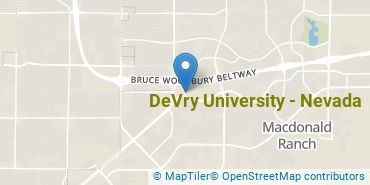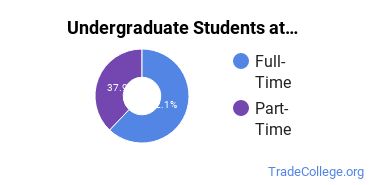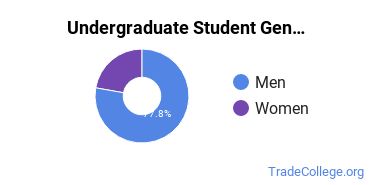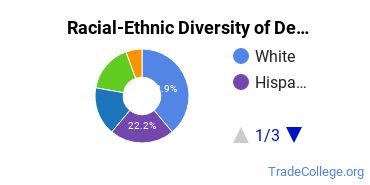DeVry University - Nevada Trade Programs
DeVry University - Nevada is a private for-profit institution situated in Henderson, Nevada. The location of DeVry University - Nevada is great for students who prefer living in an urban area.
Featured schools near , edit
Where Is DeVry University - Nevada?

Contact details for DeVry University - Nevada are given below.
| Contact Details | |
|---|---|
| Address: | 2490 Paseo Verde Pkwy., Ste. 150, Henderson, NV 89074 |
| Phone: | 702-933-9700 |
| Website: | www.devry.edu |
Can I Afford DeVry University - Nevada?
| In State | Out of State | |
|---|---|---|
| Tuition | $14,392 | $14,392 |
| Fees | $640 | $640 |
| Books and Supplies | $400 | $400 |
DeVry University - Nevada Undergraduate Student Diversity

There are also 6 graduate students at the school.
Gender Diversity
Of the 21 full-time undergraduates at DeVry University - Nevada, 71% are male and 29% are female.

Racial-Ethnic Diversity
The racial-ethnic breakdown of DeVry University - Nevada students is as follows.

| Race/Ethnicity | Number of Grads |
|---|---|
| Asian | 4 |
| Black or African American | 2 |
| Hispanic or Latino | 7 |
| White | 5 |
| International Students | 0 |
| Other Races/Ethnicities | 3 |
DeVry University - Nevada Trade School Concentrations
The table below shows the number of awards for each concentration.
| Major | TOTAL |
|---|---|
| Electrical, Electronic & Communications Engineering Technology | 0 |
| TOTAL | 0 |
References
*The racial-ethnic minorities count is calculated by taking the total number of students and subtracting white students, international students, and students whose race/ethnicity was unknown. This number is then divided by the total number of students at the school to obtain the racial-ethnic minorities percentage.
More about our data sources and methodologies.
Featured Schools
 Request Info
Request Info
|
Southern New Hampshire University You have goals. Southern New Hampshire University can help you get there. Whether you need a bachelor's degree to get into a career or want a master's degree to move up in your current career, SNHU has an online program for you. Find your degree from over 200 online programs. Learn More > |
